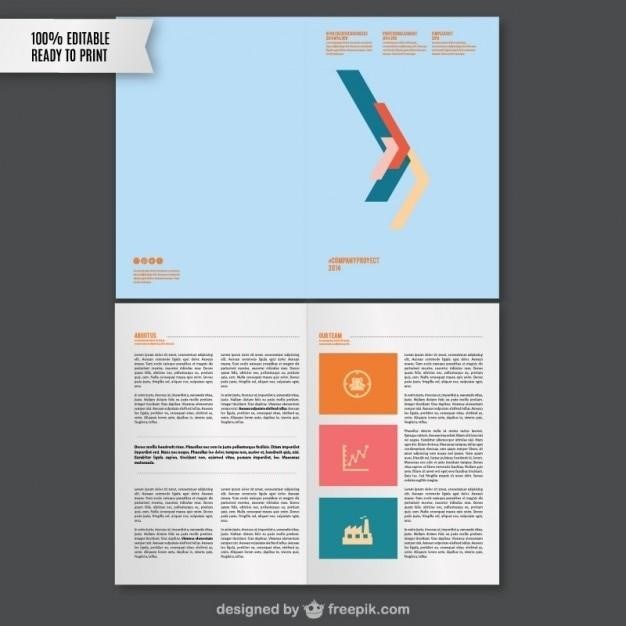TPCASTT⁚ A Comprehensive Guide to Poetry Analysis
TPCASTT is a widely-used method for analyzing poetry, standing for Title, Paraphrase, Connotation, Attitude, Shifts, Title Revisited, and Theme. This systematic approach encourages a deep understanding of the poem’s layers, helping readers to appreciate its complexity and meaning.
What is TPCASTT?
TPCASTT is a mnemonic acronym that outlines a step-by-step method for analyzing poetry. It stands for Title, Paraphrase, Connotation, Attitude, Shifts, Title Revisited, and Theme. This method is designed to help readers delve deeper into a poem’s meaning and appreciate its various layers. It encourages a comprehensive understanding of the poem’s structure, language, and overall message, prompting readers to consider the title’s significance, the literal meaning of the text, the connotations of words and imagery, the speaker’s attitude and tone, any shifts in the poem’s direction, the title’s deeper implications, and ultimately, the poem’s central theme.
Steps of TPCASTT
The TPCASTT method involves a series of seven steps, each focusing on a specific aspect of the poem. Here’s a breakdown of the steps⁚
- Title⁚ Before reading the poem, consider the title and speculate about its possible meaning. Does it offer any clues about the poem’s subject, tone, or themes?
- Paraphrase⁚ Read the poem carefully and translate it into your own words, focusing on the literal meaning of the text. This step helps to ensure a clear understanding of the poem’s events and actions.
- Connotation⁚ Explore the poem’s figurative language, imagery, and sensory details. How do these elements contribute to the poem’s meaning and effect? Consider the emotional and symbolic implications of the words and phrases used.
- Attitude⁚ Analyze the speaker’s tone and attitude towards the subject matter. Is the speaker objective, subjective, cynical, hopeful, or something else entirely?
- Shifts⁚ Identify any changes in tone, mood, or perspective within the poem. These shifts can often reveal important turning points or transitions in the poem’s meaning.
- Title Revisited⁚ Re-examine the title in light of your analysis. How does the title relate to the poem’s overall meaning and themes?
- Theme⁚ Identify the poem’s central theme, or message. What is the poet trying to convey about life, love, loss, or any other significant subject?
Title
The title of a poem is often the first point of contact for the reader, and it can hold valuable clues about the poem’s content and themes. When analyzing a poem using the TPCASTT method, you should start by carefully considering the title. Ask yourself these questions⁚
- What are the literal and connotative meanings of the title?
- Does the title suggest any specific subject matter, setting, or characters?
- Does the title evoke any particular emotions or associations?
- Does the title use any figurative language or symbolism?
By analyzing the title, you can begin to form initial hypotheses about the poem’s meaning and purpose. This step sets the stage for a deeper understanding of the poem’s layers and complexities.
Paraphrase
Paraphrasing a poem is a crucial step in the TPCASTT method, as it helps you understand the poem’s literal meaning before delving into deeper interpretations. It involves translating the poem into your own words, sentence by sentence, while maintaining the original meaning. Here’s a breakdown of the process⁚
- Break down the poem⁚ Divide the poem into sections based on punctuation (periods, commas, semicolons).
- Translate each section⁚ Rephrase each section in your own words, ensuring clarity and accuracy.
- Address pronouns⁚ Identify and clarify the references of pronouns (he, she, it, they) to understand who or what they refer to.
- Define unfamiliar words⁚ Look up the meanings of any words you don’t understand to ensure accurate comprehension.
By paraphrasing the poem, you create a foundation for further analysis, ensuring you understand the basic events, actions, and ideas presented.
Connotation
Connotation delves beyond the literal meaning of words and explores their implied associations, emotions, and cultural significance. When analyzing poetry using TPCASTT, examining connotation involves identifying and interpreting figurative language, imagery, and sensory details. Here’s how to approach this step⁚
- Identify figurative language⁚ Look for metaphors, similes, personification, hyperbole, and other figures of speech that add layers of meaning to the poem.
- Analyze imagery⁚ Pay attention to vivid descriptions that appeal to the senses (sight, sound, smell, taste, touch). Consider the emotions and ideas these images evoke.
- Explore sensory details⁚ Note how the poet uses sensory details to create a specific atmosphere or mood. What effect do these details have on the overall reading experience?
By uncovering the connotative meanings in a poem, you can gain a deeper understanding of the poet’s message, the emotional impact of the poem, and the underlying themes.
Attitude
In the TPCASTT method, Attitude refers to the speaker’s tone, voice, and perspective towards the subject matter of the poem. Understanding the attitude allows you to decipher the emotional weight and underlying intentions behind the words. Here’s how to analyze attitude⁚
- Identify the speaker⁚ Is the speaker a distinct persona or the poet themselves? What is their relationship to the subject?
- Analyze word choice⁚ Pay attention to the specific words the speaker uses. Are they formal or informal? Do they convey positive or negative feelings?
- Consider the tone⁚ Is the tone serious, humorous, sarcastic, melancholic, or something else? How does the tone influence the overall meaning of the poem?
- Observe punctuation and structure⁚ How does the punctuation and the poem’s structure (e.g., stanzas, line breaks) contribute to the speaker’s tone and attitude?

By carefully examining the speaker’s attitude, you can better grasp the complexity of the poem and its deeper messages.
Shifts
Identifying shifts in a poem is crucial for understanding its development and complexity. Shifts can occur in various ways, such as⁚
- Changes in tone or attitude⁚ The speaker’s voice might become more somber, ironic, or optimistic as the poem progresses.
- Transitions in time or place⁚ The poem might move from the past to the present or from one setting to another.
- Variations in imagery or diction⁚ The poem might switch from concrete descriptions to abstract concepts or utilize different figurative language.
- Structural changes⁚ Stanza lengths, line breaks, or rhyme schemes might change, indicating a shift in the poem’s flow.
- Changes in perspective⁚ The speaker’s point of view might shift from one character to another or from a personal to a broader perspective.
By recognizing these shifts, you can analyze the poem’s structure and how it affects the overall meaning and impact. Pay attention to how the poem evolves and the significance of these transitions.
Title Revisited
After analyzing the poem’s content, structure, and figurative language, it’s time to revisit the title with a deeper understanding. Consider how the title relates to the theme you’ve identified. Does it offer a direct reflection of the theme, or is it more symbolic or suggestive?
Examine the title for potential double meanings, puns, or allusions. These elements can add layers of complexity and enhance your interpretation. For example, if the title is “The Road Not Taken,” you might analyze how the theme of choice and consequence is reflected in the title’s imagery.
Think about how the title sets the reader’s expectations and guides their interpretation. By revisiting the title with a fresh perspective, you can gain a more comprehensive understanding of the poem’s overall message and impact.
Theme
The theme is the central idea or message the poet conveys through the poem. It’s the underlying meaning that transcends the specific details of the poem. To identify the theme, consider the following⁚
First, summarize the plot or the poem’s main events. This will help you understand the poem’s narrative and the actions of the characters. Then, list the subjects or topics explored in the poem. These might include love, loss, nature, time, or identity.

Finally, consider the abstract ideas or concepts suggested by the poem. These might be broader themes like the power of nature, the fragility of life, or the search for meaning. By analyzing these elements, you can formulate a clear statement about the poem’s theme.
